The Most Outrageous Fashions of the 1960s
The 1960s are best known as a decade of experimentation. The early '60s were reminiscent of the '50s, but as the decade progressed, there were more bright, swirling colors and daring trends. Men wore tunics and capes while women donned unbelievably short skirts. Psychedelic, tie-dye shirts, long hair, and beards were here to stay!
1960
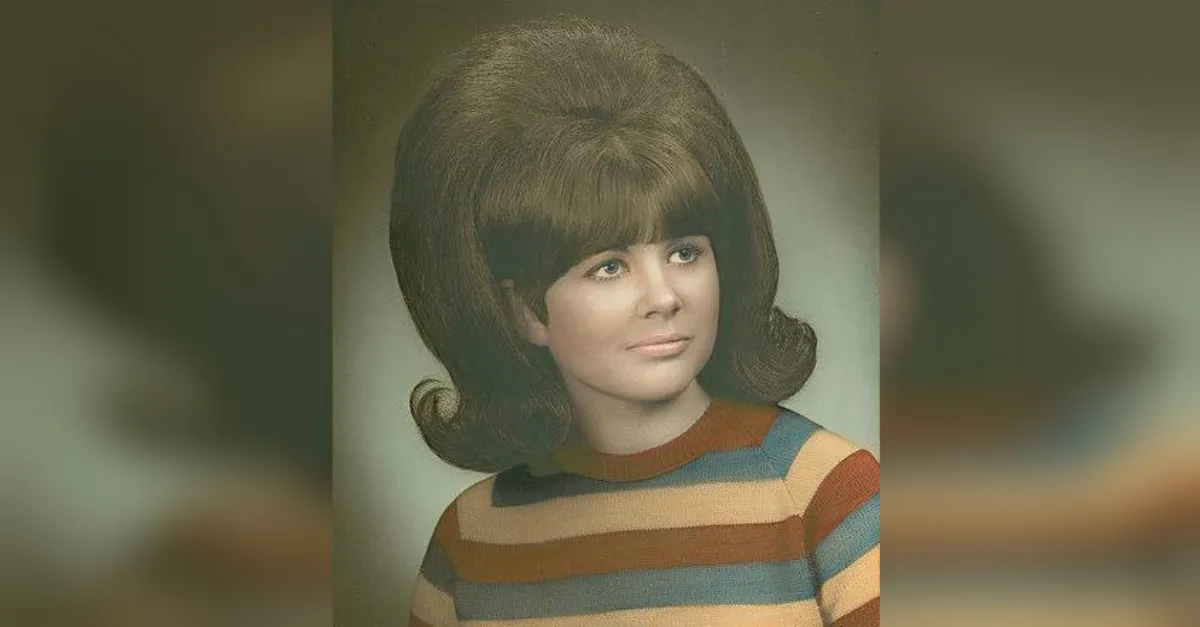
1960 is a bit too close to the 1950s for there to much major groundbreaking style. There were several important tweaks to the status quo, but no revolutionary new ground had been broken in terms of making anyone embrace a more unique and interesting style trend.
Typically, a daytime look consisted of a bulbous hat over a high bouffant coiffure (or in other words, really big hair). There were wider silhouettes with deep armholes and wide sleeves and a rounded jacket that tapered in at the hem. The daytime look was pretty standard and safe. For evening, the daytime silhouettes were abandoned for a slender look, which was considered much more daring.
1960's Contemporary Architecture-Inspired Style
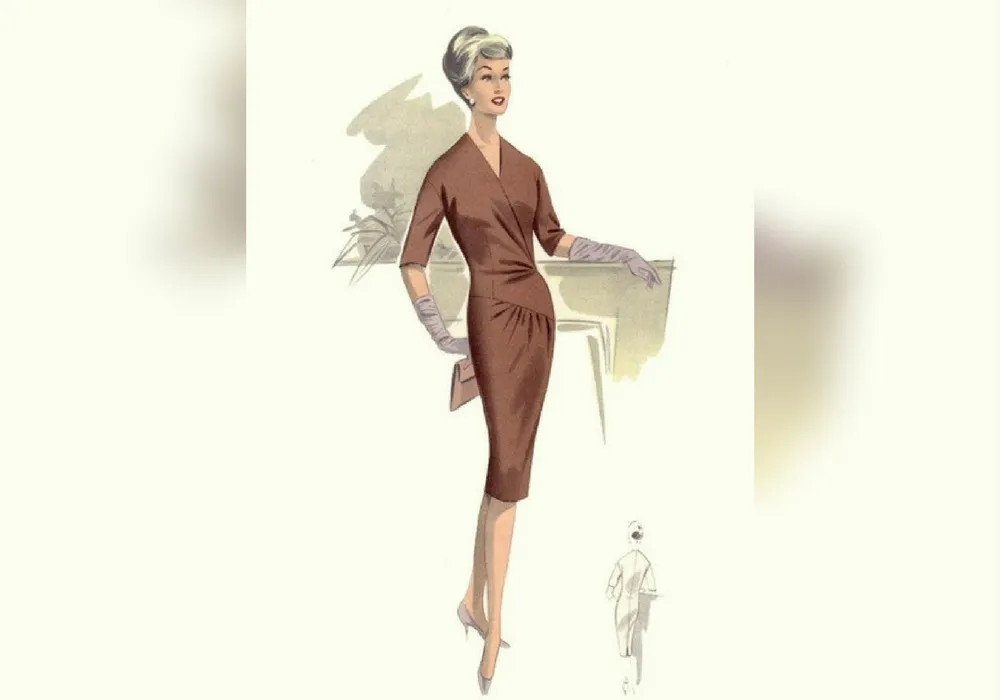
From long-waisted dresses paired with a blouse to a fitted waistline and full skirt, 1960 was all about contemporary architecture and sculpture. These influences were the most prevalent inspirations for fashion designers in 1960. Some styles also had added hints of the twenties and thirties with bloused, bias-cut clothes.
Skirts got a little bit shorter in 1960. While worn with low-heeled shoes it placed more attention on the leg. Women embraced exaggerated makeup (especially red lips) and short hair. The two- or three-piece suit, mix-and-match, was very popular. Bead and sequin embroidered evening clothes sparkled the night away. Deep, darker colors were all the rage especially purple, red and green. Colors like grape, plum, wine red, garnet and olive green. In contrast, neon bright pink was also very popular.
1961's Bouffant Hairdo
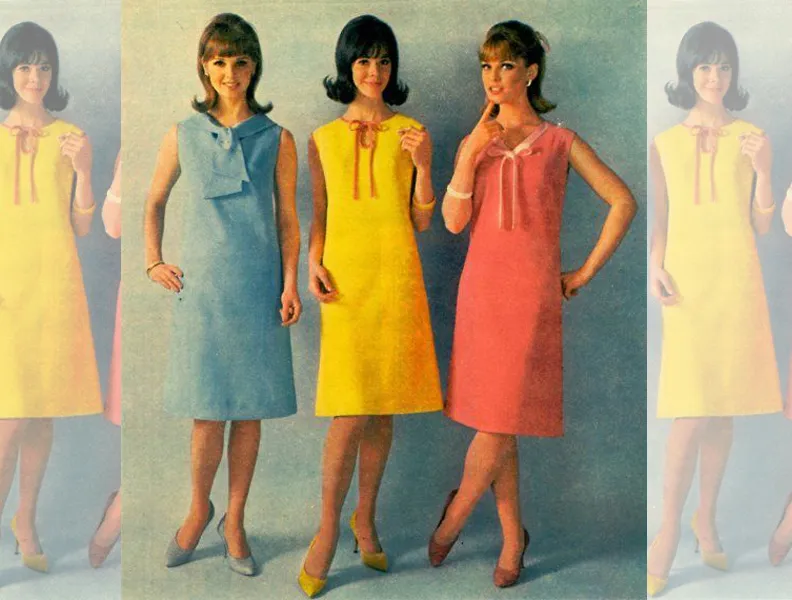
In 1961, fashion was all about a more costume look. If you were a fashionable woman, you would go out in the evening dresses in an expensive but simply cut dress. This type of dress was known affectionately as “little nothing.” And you would never leave home without an elegantly styled bouffant hairdo.
Many designers took into account an entire look that they would create by designing dresses along with hats, shoes and even makeup for mannequins to show off. Skirts had risen to the middle of the kneecaps, but by the end of 1961, you would only find the very young women who continued to wear skirts short.
1961, Year of the Beehive
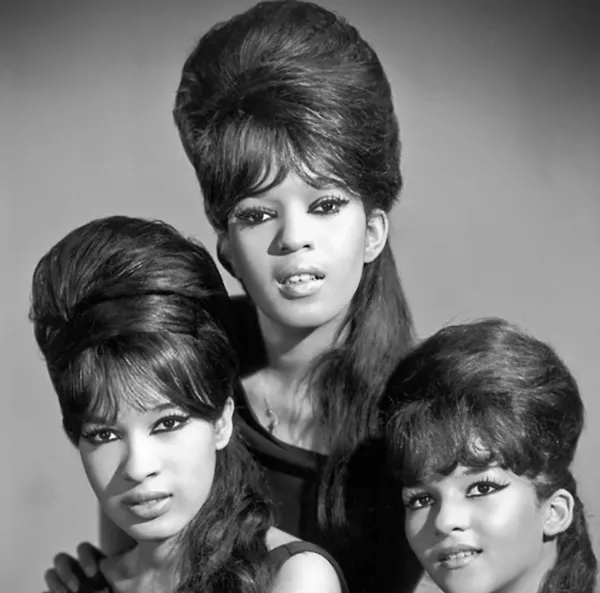
As a woman in 1961, you had to have an excellent hairdresser. The beehive coiffures were adorned by the likes of Jacqueline Kennedy, Princess Margaret and Brigette Bardot but this look was imitated by women of all ages. The “little nothing” dress was still going strong; it was sleeveless and slim, with low blousing or in a loose chemise shape.
The bias cut gave a new fit to clothing. It maintained the comfortable softness women had to come to love and the bias skirt added grace and flare. Bias bodices molded the torso without feeling too tight. The accessories of choice were the high rounded hat and the low, square-toed shoe and the simple pump. The women of high fashion wore heels of medium height, even with ball gowns.
1962
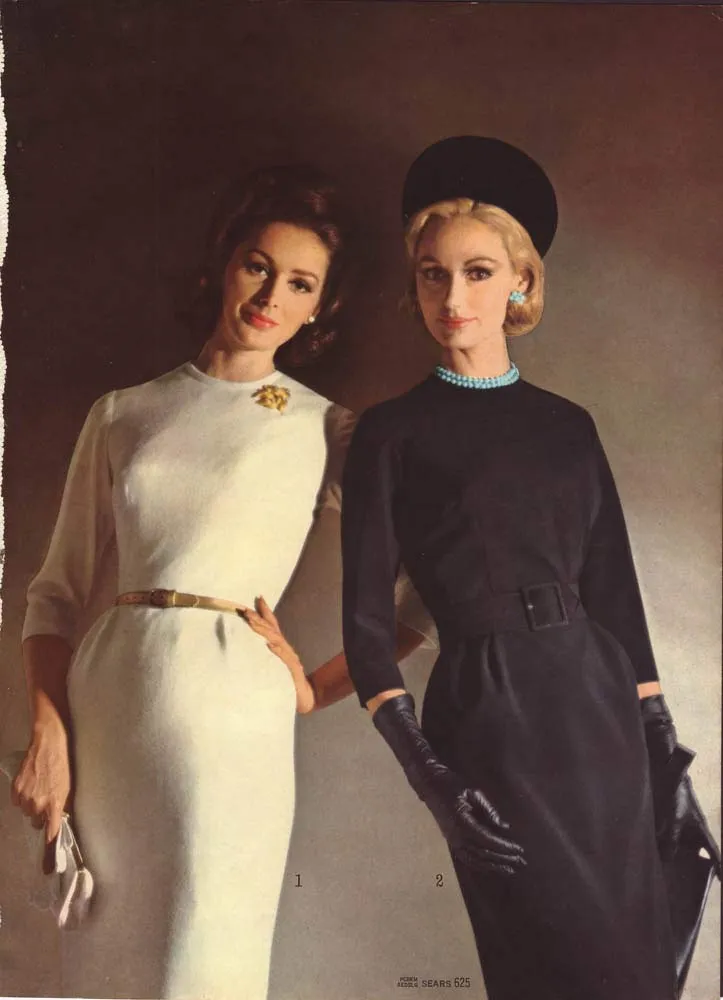
1962 actually had some subtle, yet meaningful changes. The silhouette became slightly more form-fitting, but that didn’t mean this form accentuated a woman’s natural curves. Shoulders were extenuated and the bosom received more attention. The waist was always accompanied by a belt or sash, which offered more of a form-fitted look.
1962 was also much more focused on dramatic pieces for evening wear, complete with matching jacket or wrap. Later in the season, you could find women wearing the long, tweed dinner coat that was showcased in several high-fashion collections. Women became more keen on fashion trends in 1962.
1962 Focused on Three Styles

There were three main styles: Sleek and slender, softly bloused with muffled neckline, “natural” outline, which fell in a simple, form-fitting line. There were many fashion choices that allowed women to express their individuality. Like many style trends, the 1930s-style clothing came back in style due to rising popularity of old film revivals on television.
A young designer by the name of Yves Saint Laurent, who had recently left the House of Dior, successfully opened his own business, marking a new age of style. Clothes created by Hubert de Givenchy of Paris for Audrey Hepburn in Breakfast at Tiffany’s brought into style the high-bosomed, sleeveless dress. And to top it all off, the fashion world once again was crazy for Jackie Kennedy.
1963

In 1963, the young look swept through the fashion world. It was all about knee-high skirts, sleeveless dresses, and lower heels. The beehive hair took a backseat to close-cropped, natural hair. Any type of artificial look was abandoned along with large amounts of makeup and high heels; it was seen as too contrived for the fashionable woman of 1963.
This year was all about tweeds, mohair, leather, and furs. Boots ranged from ankle to thigh-high, making 1963 much more daring and notable for this decade of style. Vests, kerchiefs, textured cotton stockings, turtlenecks and paisley ascot scarves all came together to create a “sportive look.”
“Sportive Look” - The Phrase of 1963 Fashion

Fashion became much more detailed during 1963. Fur-trimmed suits and coats were in for fall and long-haired furs were back in style. Two preferred furs were lynx and kit fox. Leopard, however, was the leading fur of all of them.
The most drastic change occurred in men’s fashion. The widespread acceptance of pleat-less pants was seen as very edgy. Stripes appeared on sports jackets, sweaters, shirts and ties. The three-button suit was the most popular and the two-button suit was gaining fast. Wealthy men wore Italian-style shoes. Norman Norell and Cristobal Balenciaga were responsible for capes. Yves Saint Laurent’s fisherman shirt-jackets became world-wide fashion. In 1963, the first Geoffrey Beene collection made its appearance.
1964

Fashion in 1964 was hit by a shock wave – nudity in fashion caused worldwide controversy. First came the deeply plunging necklines. They were first introduced in Paris spring collections. Then came the American versions; this wave reached its crest with the creation of a topless bathing suit by designer Rudi Gernreich.
The skin-showing look caused dress manufacturers to quickly jump on the bandwagon, creating sheer-topped evening dresses with a flimsy layer of flesh-colored net for a bodice. The topless bathing suit created all kinds of problems and the fleshy trends became controversial. A woman in Chicago was arrested for wearing it in public and the controversial design made its impact around the globe.
1964 – All “Feminine”

“Feminine” was the most overworked word in 1964 fashion. Feminine encompassed swinging, knee-high skirts, fitted bodices, ruffles, pleats, a lace revival and the return of the hair bow as the coiffure accessory for women. Coco Chanel was responsible for the hair bow revival and all women wanted the hair bow.
The cosmetics industry jumped into the fashion trends and reflected the fragile, feminine look. Pale lipsticks and nail polish replaced the vivid shades. Hair was no longer curly, but merely waved. Eyebrow brushing bangs became the trademark of the young and girls with hair too curly besieged hairdressers known for the straightening techniques — chemical straightening – became very popular.
1965

In 1965, fashion was influenced by the young. Andre Courreges, a young French designer delivered the square cut white dress and flat white boots, which was the freshest and boldest look of 1965. He borrowed the cowboy hat to top the geometric looks of his clothes. White textured stockings epitomized the trend and his ideas influenced nearly every facet of fashion.
A fashion revolution broke out in London, and it invaded NYC. In the US, “Pop Art” popped into style along with “Op Art,” which opened up a whole new world. Op Art paintings, with their stripes, checks, and wavy line prints, inspired women’s style trends. Dresses were divided geometrically by intersecting bands and brightened by contrasting blocks of color or “color blocking.”
The “Poor Boy” Look

In 1965, styles veered from square-toed shoes to rounded toed shoes. Straps were evident; heels were open. It was all about leggy young elegance. Heels continued in the low to medium height range and women wanted to look tall and sleek.
And then there was the “Poor Boy Look.” Women continued to wear low hipster pants in combination with the “poor boy” sweater. This was a signature look that marked 1965. Another fad caught on in 1965; Cristobal Balenciaga designed a gown with one bare shoulder and it caught on like crazy. Even Jackie O bit that style bug! The Saint Laurent Mondrian dress was also a huge hit in 1965.
1966

As the decade progressed, fashion designers revolted against tradition. In 1966, the fashion thunder was first heard in England, where a youth rebellion resulted in massive profits for mod designers. Fashion rebellion sparked in London in 1965, but it spread like wildfire in 1966, especially in the United States where mod became a popular statement.
1966 is all about the signature mod look, especially for women. It required miniskirts and pale colored fishnet or lacy textured hosiery. You also could find cut-out low heeled “little girl” shoes, mannish jackets, and ties. Accessories included gaudy jewelry, over-the-shoulder handbags, and modern styled geometric earrings.
Mod Style
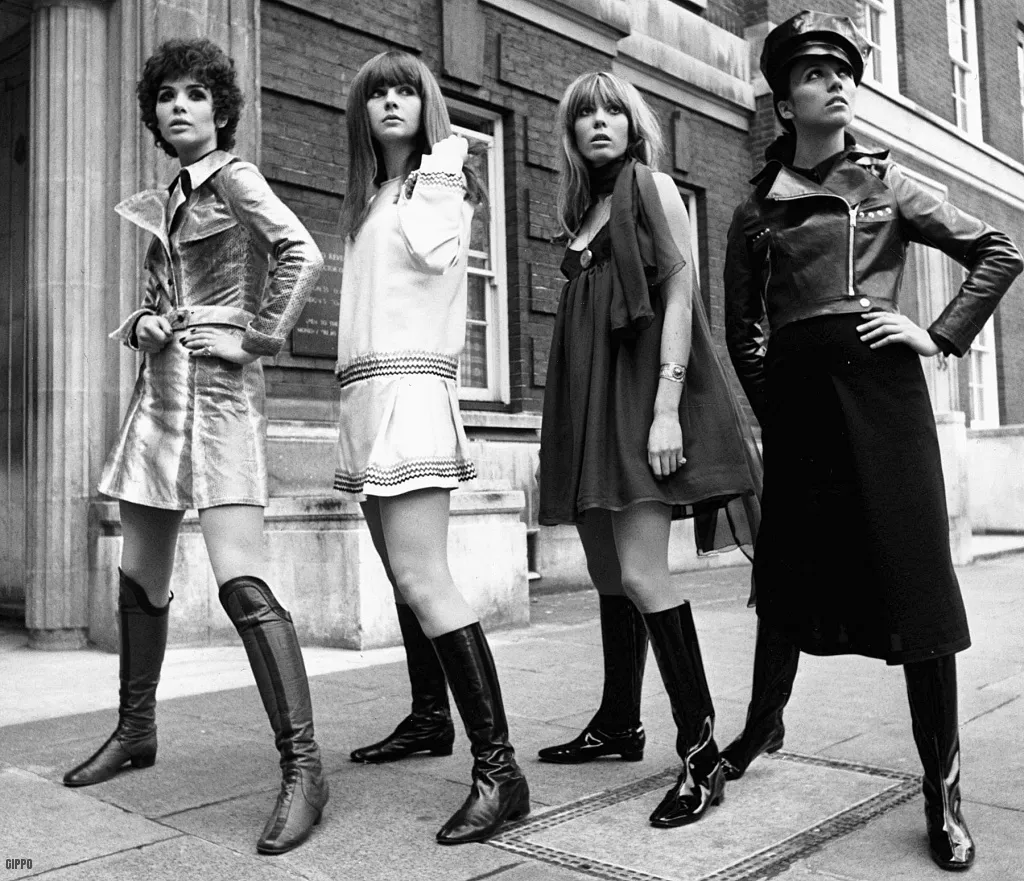
American youth became infatuated with differentiating themselves from the adult generation and this included an exotic, off-beat image. Miniskirts were adopted to more conservative styles, falling two inches above the knee. The new short-skirt fashion resulted in mixed reactions and comments. Women’s daywear also changed dramatically; women borrowed suit styles from men and they wore straight-legged pantsuits.
Young men also went “Mod” with low slung, wide belted, skinny, fitted pants. They added extra-wide, flashy printed ties with the wallpaper floral prints of their shirts. The young men who took part in the rebellion against traditional men’s clothes and conservative ways were happy to wear boots, vests, London caps and narrow Carnaby jackets. The military look was also popular; it was all about army pockets, brass buttons, epaulets, and trench coats.
1967

In 1967, fashion fell in love with the bare leg; this means short skirts were worn higher above the knee. Legs were exposed and women took advantage of the extra leg by pulling on some colored and patterned hose. Peekaboo fishnets, spidery weaves and lace were also very popular patterns for women.
High boots were all the rage as a fashionable way to cover up their legs. It was all about a glove-like fit to show off women’s legs. They also wore shiny black and brown boots that reached the knees. Young people were still setting the pace for fashion. The belt did not define the waist but it created a new “fit and flare” look.
The Year of Twiggy
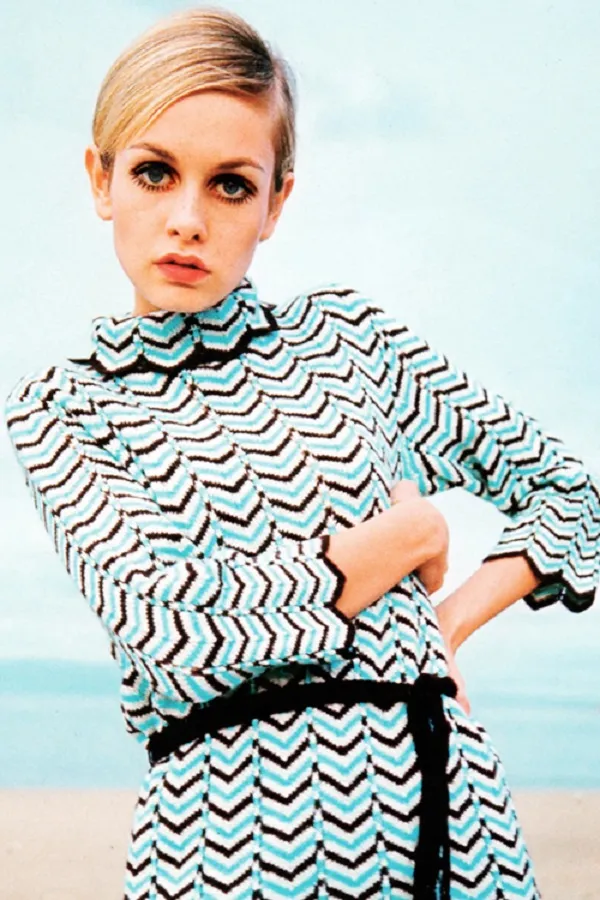
Another interesting development in 1967 was the increased popularity of accessories. Accessories were all about hardware consisting of metal squares, nailheads, rattling chains, zippers, brass buttons, and clamps. The chain belt was another important signature accessory.
This mod style of fashion was both trendy and bold, with women selecting accessories in bright, fun colors that added a pop of color to their outfit. Women always looked to see what Twiggy, an English entertainer was wearing.
1968

In 1968, the fashion industry was revolutionary for the assertion of individualism. The catchphrase “do your own thing” was put into practice. Women and men decided they no longer had to adhere to what designers delivered. People were creating their own styles. Accessories also began to dominate outfits.
The midi skirt was the fashion world’s answer to the long skirt that women wore but the midi skirt never caught on. It ended up being one of the biggest misses in fashion history. A few interesting styles that did catch on were Western-type shirts, pinstriped suits, and gangster hats thanks to the Bonnie and Clyde movie that triggered nostalgia for the 1930s.
Hippie Style

There were incredibly colorful, loud and expressive trends from outfits scavenged out of thrift stores by hippies. Even affluent women adopted the hippie look but it included more lavish fabrics, furs, and jewels. It could be described as a nomadic mix of ethnic and legend-inspired clothing. If you were part of 1968, you wore gaucho pants, meditation shirts and, especially, vests.
Saint Laurent led the way with his ready-to-wear collection. Pants were getting more versatile with wider legs and softer fabrics. Women topped them with a pop of color or an ethnic-inspired tunic. Some fashion trailblazers dared to wear Pocahontas dresses complete with Native American headbands.
1969
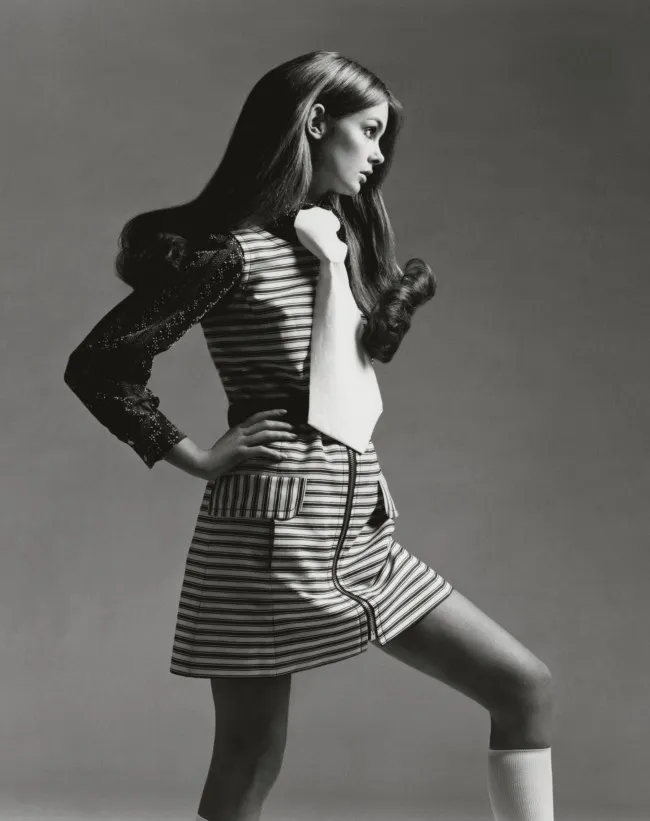
So the final year of the 1960s, we have 1969, which was softened and became even more body conscious. Women wanted to look lean and long. Fashion became more feminine, sensuous and sophisticated. They wore softer, clingier clothes and sweaters, including sweater dresses, flattered a woman’s figure by hugging every part of her figure.
Above all else, women had more freedom to choose from an unprecedented variety of hemlines. Both in Paris and in the United States, maxi-lengths were brought out but designers were also aware of sales enough to keep some skirt styles short. No matter the hemline, outfits were not complete without a jacket or long coat.
“The Skinny Sixties”

“The Skinny Sixties” characterized women looking for clothes that would give them a tall, slim body. Women were able to accomplish this elongation by wearing extended skirts, long, straight-cut pants or sheer dark tights. Women also loved wearing slender tunics, skinny long sleeves, and low-rise pockets and belts.
The term “unisex” was coined for fashion styles in 1969 that could be worn by both men and women. In terms of accessories, young people couldn’t afford diamonds, so they enjoyed linked metals, chain belts, tassels, snake rings, snake bracelets and arm bracelets. Tie-dye and ink-splatter became mainstream along with patchwork, Persian and Navajo rug motifs were seen everywhere. Intense primary colors turned subtle in the fall and purple was the hot color in late 1969.
'60s Fashion For The Youth

The idea of returning to youth is what drove most of the fashion in the '60s. Big collars, bows, and delicate trim made women look smaller. Even the shapeless mini dresses put less attention on a women's natural state. Making women look better seemed to be what was going on as well.
"Kitten heel pumps, Mary Jane strap shoes, and flat sneakers were all childhood favorites returned to the ’60s youthquake culture," wrote vintage dance. "It was no coincidence that a youth-driven culture had a lot to do with half the American population being under 25 and with European countries having a similarly large youth population, too."
Warhol's Muse Inspired The '60s

Edie Sedgewick is the name of Andy Warhol's muse in the '60s. She was lovely and she knew about style. Her fashion was highlighted by tiny accessories that added up in big ways.
"The wealthy socialite, toast of the New York art scene and a certain Andy Warhol’s muse, Edie Sedgwick was the original IT girl," wrote Caroline Leaper. "The essential ingredients of her good-girl-gone-bad aesthetic were lashings of eyeliner, chandelier earrings, mini mod dresses with sheer black tights and a crop of platinum hair – one day to be celebrated by Sienna Miller in the film Factory Girl."
Anita Pallenberg Was An Icon

If you are able to influence one of the biggest bands of a decade then chances are you are an important figure. Anita Pallenberg was a huge influence to the Rolling Stones. She had a particular style that set her apart from everyone else.
"The biggest style influence on the Rolling Stones, archetypal rock chick Anita Pallenberg just so happened to have flings with half of the band’s members," wrote Leaper. "Her quintessential rock chick look of thigh-high boots, fringing and skin-tight prints still serves as a source of inspiration for the band and all our wardrobes."
An Iconic Trendsetter

It's one thing to just be well dressed because you wear the fancy clothes from all the trends. It's another thing to be the one setting those trends and everyone follow you. That was Mary Quant in a nutshell during the '60s.
Not only was Mary Quant a 1960s fashion icon in her own right, she brought the era’s greatest trends to the wardrobes of the masses from her shop on the King’s Road," wrote Leaper. "The mini-skirt, hot pants, colored tights and plastic macs – we owe them all to design pioneer and epitome of sixties style, Quant."
Audrey Stole Hearts With Her Fashion
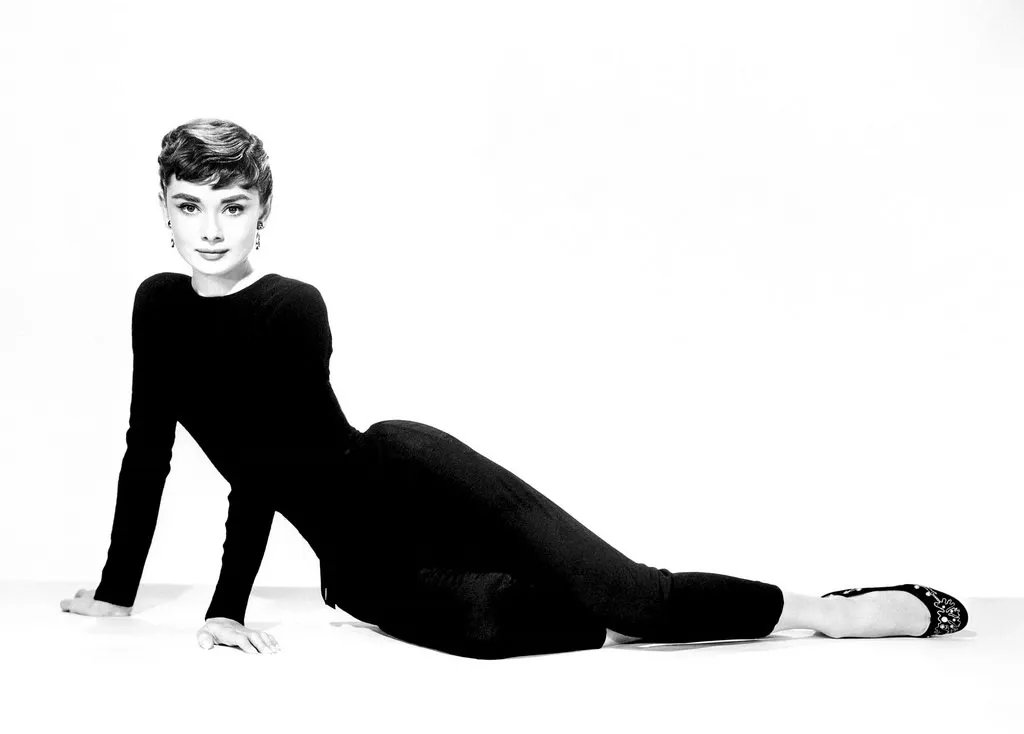
Sometimes it isn't what you're wearing but who is wearing it. Maybe the outfit didn't look right on you but it may have looked stunning on someone else. Well, Audrey Hepburn was that girl who made everything look better and she had a nice sense of fashion.
"How do we love Audrey Hepburn’s amazing 1960s fashion and style? Let us count the ways," Leaper Wrote. "First it was that 1961 Breakfast at Tiffany’s LBD, teamed with movie star shades and a top-handle bag which won over our hearts. Then came the off-duty style game; she was an utter champion of chic capri pants and ballet pumps. Oh, Audrey…"
The Ever Slender Shrimpton
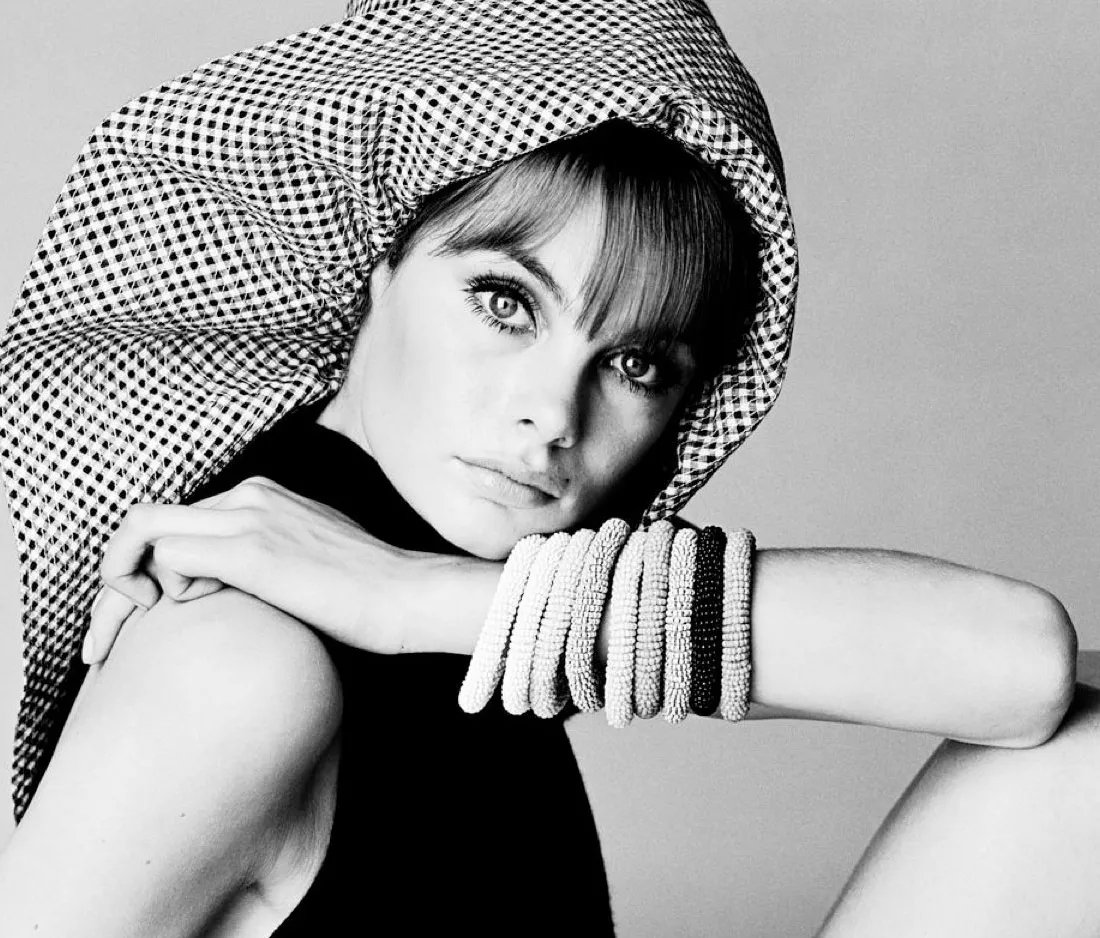
Things don't always remain the same. It can be constant for a while but a change will always come forth. Jean Shrimpton was that change during the '60s fashion scene.
"In 1960, Jean Shrimpton brought the fashion world to a halt," wrote Leaper. "Unlike the more voluptuous models of the 1950’s that came packaged with stiff aristocratic poses, this leggy British brunette broke the modeling mold entirely with her super slender frame. Jean paved the way for fellow free-spirited waifs such as Twiggy and Penelope Tree, and eventually Kate Moss and co., who spearheaded the grungy 1990s fashion aesthetic we still love."
She Was Far From Dusty

Musicians are known to start their own trends and have people either love or hate it. In the case of Dusty Springfield, she had more people love the way she dressed. She had a certain style to her that others couldn't rock as well as her and that only added to her music persona. If you have a gimmick or some type of staple that fans can attach solely to you then that is only good for your brand.
"Big eyes, big hair and an even bigger voice, Dusty Springfield rocked a blonde wig and a column dress like no other," wrote Leaper.
She Made It Famous

The one-time wife of Frank Sinatra was an icon in the fashion world. She inspired many with her adoring looks and tasteful touch she added to her outfits. Ever heard of Peter Pan collars?
"The (even shorter) elfin crop was made famous by Mia Farrow in the late 1960s and still continues to inspire the hair world today," wrote Leaper. "The Rosemary’s Baby star and former wife of Frank Sinatra was an icon of the era, always adding a playful touch to her looks and paving the way for the likes of Alexa Chung with her Peter Pan collar dresses and off-beat shoe pairings. A fairly popular feature of 1940s fashion, Peter Pan collars really took off in the sixties."
Fashion Supreme

So far we've discussed individual ladies who paved the way for fashion in the '60s. Now, let's talk about a group of women who led the way for other groups who came after them. We're talking about The Supremes. We can't compare them with Destiny's Child because of the different time periods but these ladies were hot.
"Long before Destiny’s Child made fashion and music collide, there was The Supremes, said Leaper. "From all-sequin gowns to matching skirt suits (not to mention those incredible beehives) their impeccable matching style led the way for girl-groups and musicians the world over."
Staying Stylish With The Birds

When you make panicking look fashionable then you deserve to be on this list. Tippie Hedren played in the film The Birds and although she was being stalked by evil birds, her outfits were stunning and so was her overall look.
"Hitchcock heroine Tippi Hedren made one of the most famous roles in film history look effortlessly stylish and poised, thanks to her neat blonde ‘do and ladylike skirt suits," Leapy wrote. "Legendary costumier Edith Head was the woman behind her now-famous looks in The Birds, ensuring she was timelessly elegant and understatedly glamorous (even when running screaming from a flock of birds)."
The Free-Spirited

Can you name someone who's style has last over 40 decades? Not only someone who set trends but someone who's style still is evident today in the world of fashion. We'll give you a name, how about Jane Birkin. Her free spirit made for some great fashion choices on her end.
"Trends come and go but we will never tire of Jane Birkin’s style," wrote Leaper. "The free-spirited Blow-Up actress’ penchant for care-free classics and her laissez-faire spirit earned her instant world recognition in the sixties, while her gap-teeth and quirky French-meets-British dress sense charmed Serge Gainsbourg."
The Unsung Hero

She had legs for days and an uncanny style. Her amazing looks just made for better fashion. She also had the demeanor of a someone who knew that they had it going on. Even if many didn't notice it, she knew it.
"Patti Boyd’s enchanting modish style, flippy hair, and endless legs ensured she was the inspiration behind some of the greatest hits of the '60s," Leaper wrote. "The former wife of both Eric Clapton and George Harrison was the quintessential sixties beauty and a favorite of Mary Quant – she was quite the unsung style hero of the decade."
Lennon's Producer Was Fly

Style really seemed to be taking off during this era. Icons were doing things that weren't done and also bringing some fashion back. People were doing what they wanted and making it look nice, especially Yoko Ono.
"Yoko Ono has never done color," Leaper said. "From her private wedding to one of the most defining moments of the 60s, the John Lennon and Yoko Ono bed-in, the petite artist championed a head-to-toe white aesthetic. Wide-brimmed hats and knee-high boots were her signature accessories during this defining decade."
She Had Mick Jagger On Her Side
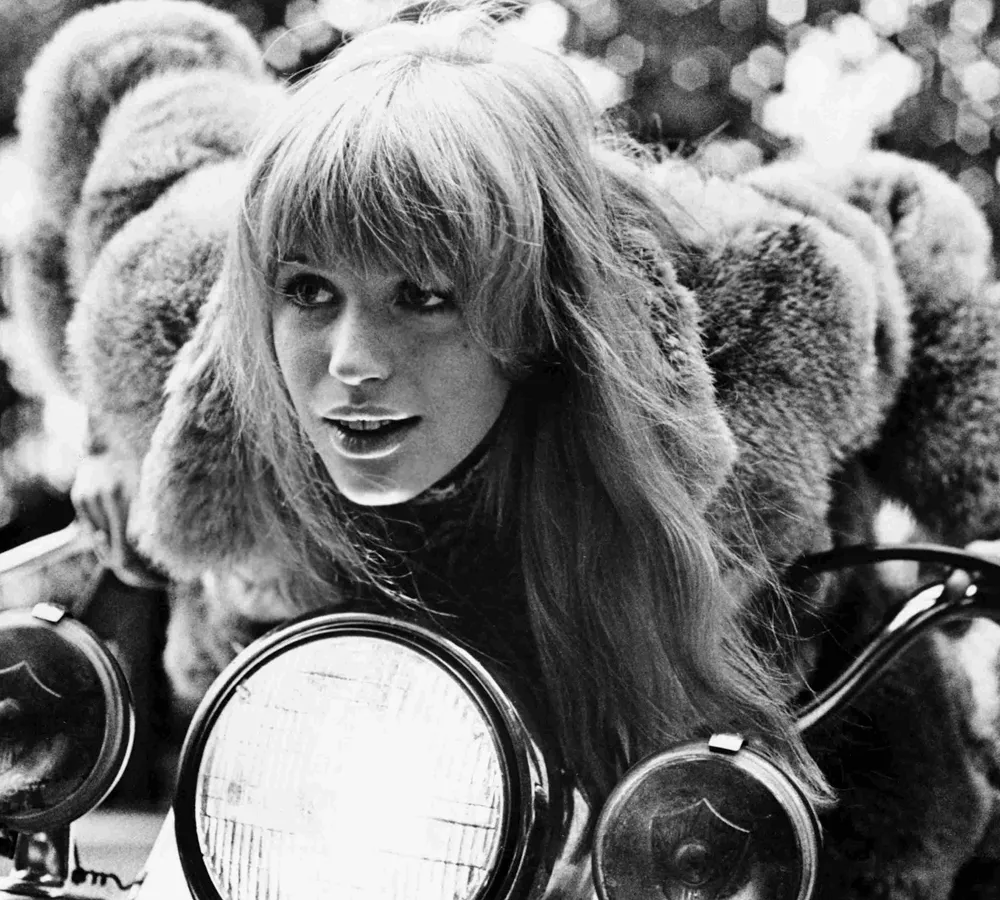
When Mick Jagger is on your side (probably one of the most fashionable guys to ever walk Earth) then you have to have a taste for fashion yourself. And surely, Marianne Faithfull did have a great sense of fashion.
With Mick Jagger, her arm candy and swinging mini dresses her go-to, Marianne Faithful’s style was one of the most desired of the 60s. Her love of over-sized sunglasses, the shortest of minis and full, choppy bangs – all rounded off with a heavy rock ‘n’ roll attitude – are just some of the reasons she inspired some of the Rolling Stones’ biggest hits including You Can’t Always Get What You Want, Wild Horses, and I Got the Blues.
Another Group With Style
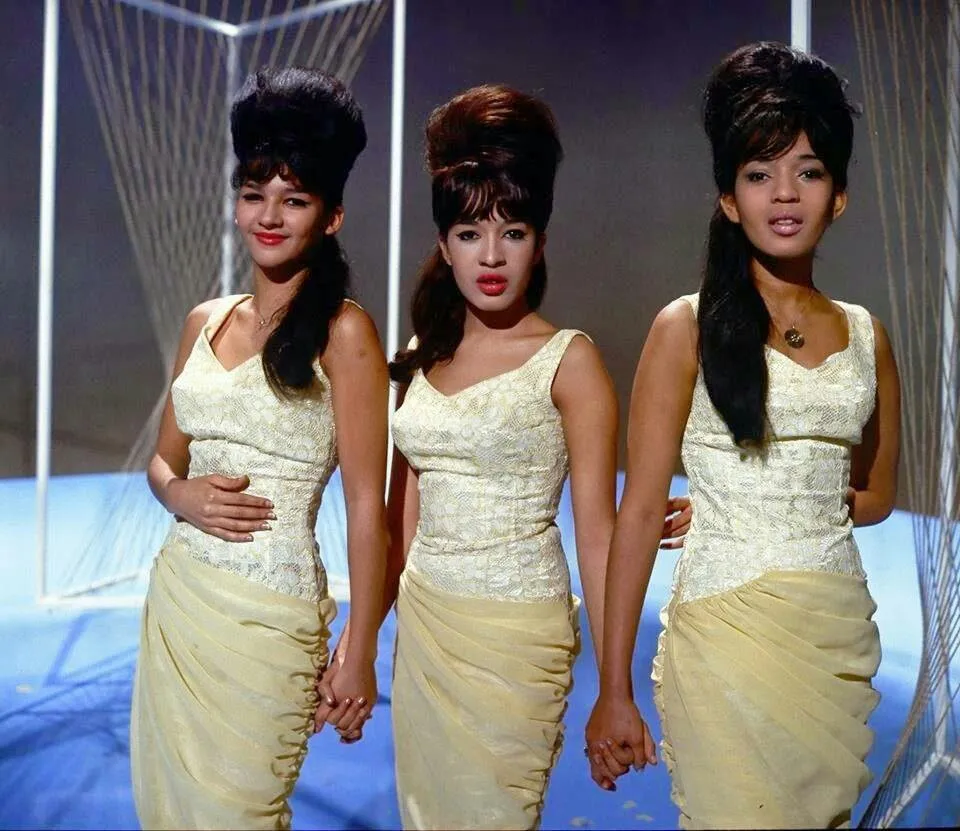
We learned about another dynamic girl group earlier, The Supremes but now it's time to step to one of the other great girl groups of the '60s who's style was second to none. The Ronettes knew how to put on a show and look great while doing so.
"There were a million girl groups in the sixties, but The Ronettes were by far the one of the coolest and sexiest of the bunch," Leapy wrote. "At the heart of their look was the standard-issue mascara-and-miniskirt uniform but taken to new extremes. Skirts were super tight and eyeliner was flicked so high it disappeared into their bangs."
Jane Fonda Needs No Introduction
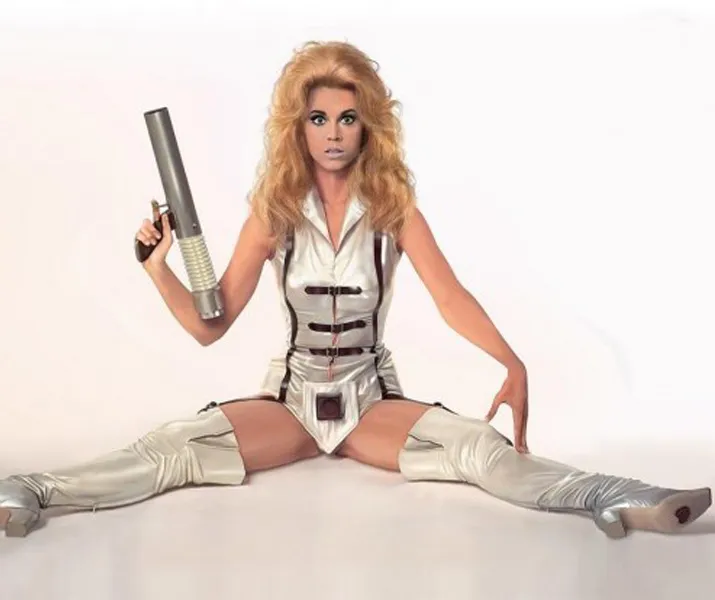
Jane Fonda brought forth a style that was a bit ahead of its time, literally. It wouldn't be until the '80s that the style Fonda was sporting would become really popular during the '80s.
"Before the many workout videos and leotards that defined 1980s fashion, this actress was helping to shape sixties glamour," said Leapy. "While off-screen, Jane Fonda’s style was all American girl, but on-screen she took the lead in the space age cult-classic Barbarella. By doing so, she created one of the most iconic images of sixties cinema that would influence fashion for many years to come."
Marsha Hunt Had It
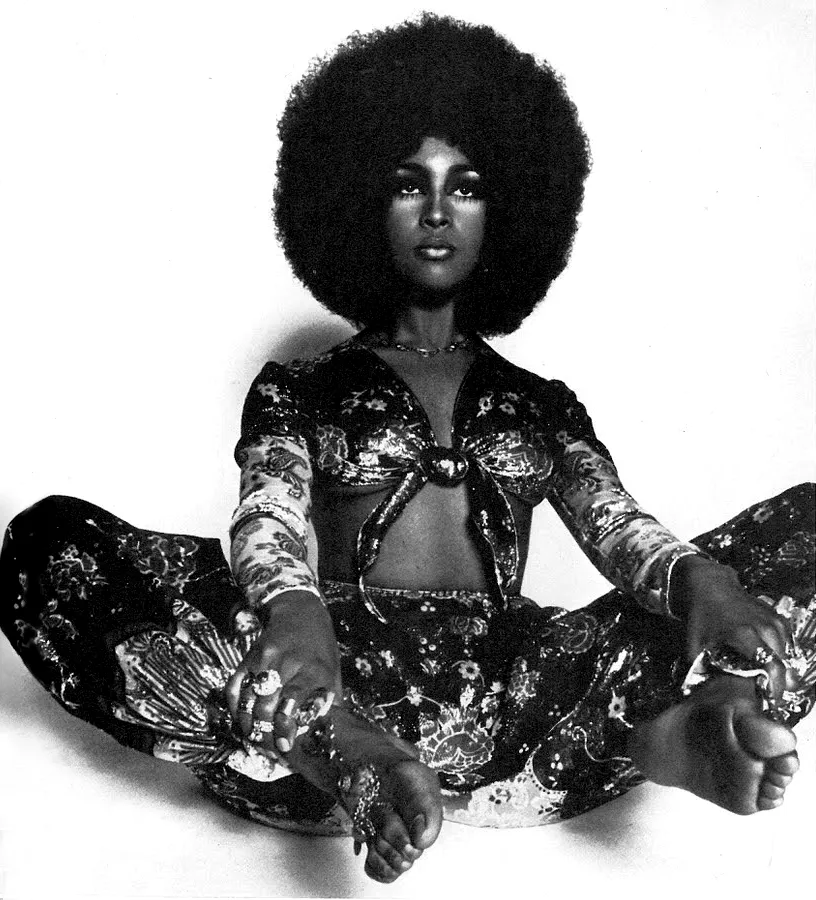
Marsha Hunt had a unique style. It started with her afro and continued with her flesh. She wasn't afraid to step outside the comfort zone. In fact, a few of them out of the box actions she did is what helped her gain notoriety.
"Singer and novelist Marsha Hunt shot to fame when she played Dionne in the smash musical Hair and posed nude for the promotional images," Leapy wrote. "Famed for her huge afro hairstyle, which provided one of the most iconic images of the sixties, the former Marc Bolan and Rolling Stones muse is also renowned for her rock-chick-meets boho mix of daring leather hotpants and floaty maxi dresses."
Her Name Was Nancy

We all know what Frank Sinatra was all about (women, mostly) but what about his oldest daughter? Well, she was out in the world becoming an icon and making a soundtrack too along the way.
"If ever a song – and singer – could symbolize the style of the era, it was Nancy Sinatra’s hit single These Boots Were Made For Walking," wrote Leapy. "With her tousled blonde hair, shortest of mini dresses and ability to pull off a pair of knee-high boots with aplomb, both the song and Nancy’s look were emblems for the decade."
Did Someone Say, Yves Saint Laurent?

When you are the muse for one of the greatest fashion figures of all time then you are doing something right. Something about you has to be fascinating and actually, everything was fascinating about this special lady.
"Another chic French dresser, Catherine Deneuve shot to fame in the 1960s, marrying fashion photographer David Bailey and becoming the muse to Yves Saint Laurent," Leapy wrote. "It was her role in Belle de Jour, in which she played a street walker by day and a frustrated housewife by night, that turned her into a bonafide icon – if only for the incredible clothes."
Help Defining The '60s

Another Frenchie to appear on the list and Brigitte Bardot was not one to be left off of anyone's fashion list. She had a decade-defining style that many girls loved but not everyone could duplicate.
"The world-famous French bombshell’s style was unabashedly sexy and would define 1960s fashion forever," wrote Leapy. "She made messy, piled-high up-dos the hair of choice, and every girl wanted a piece of her signature confidence. Who knew that perfectly unperfect, slightly parted fringe would still be so sought-after more than 50 years later?"









